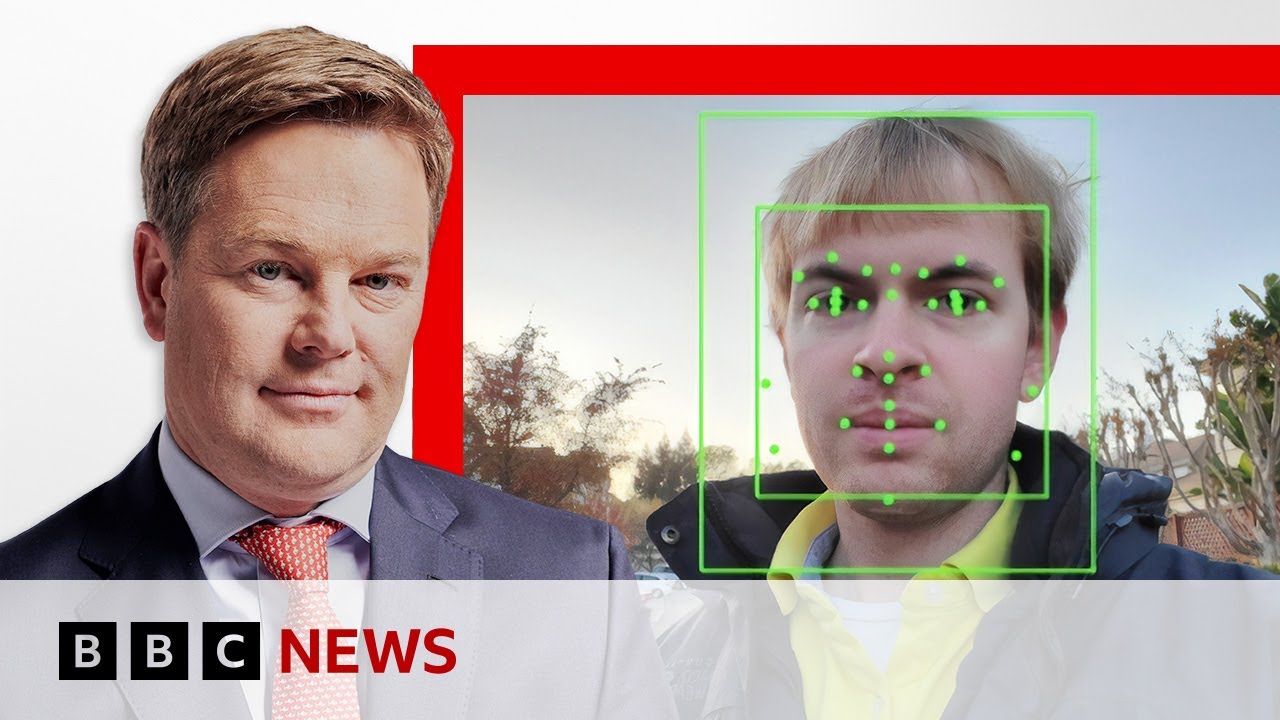The video transcription explores the issue of control over artificial intelligence (AI), highlighting differing approaches to AI regulation between the European Union and the United States. The EU has introduced comprehensive legislation focusing on regulating the use of AI technology to protect individuals, while the US lags behind in implementing federal obligations for AI regulation, with states like California proposing their own regulations, creating a fragmented regulatory landscape.
The video transcription discusses the issue of control over artificial intelligence (AI) and the balance between innovation and regulation. The European Union has introduced comprehensive legislation on AI, focusing on regulating the use of technology rather than the technology itself. At the AI Summit in Seoul, major AI developers from China, America, and the Middle East signed an international agreement to not develop or deploy AI models that pose significant risks. However, questions arise about the enforcement of these commitments, as demonstrated by a recent incident involving the unauthorized use of Scarlett Johansson’s voice by OpenAI.
The EU’s new AI legislation, endorsed by all 27 countries, aims to set a global benchmark for AI regulation. The legislation emphasizes regulating the use of AI technology to protect individuals from potential harms. Despite the legislation not fully coming into effect until 2026, the EU is taking steps to address immediate risks associated with AI, such as ensuring digital services are safe and not used for fraudulent or harmful purposes.
In contrast, the United States lags behind the EU in implementing comprehensive AI regulation. While President Biden signed an executive order proposing legislation on AI safety and responsible development, there is no federal obligation for regulating AI in the US. The differing approaches between the EU and the US reflect concerns about falling behind China in AI innovation, influencing the reluctance to implement strict regulations in the US.
The conversation also touches on the fragmentation of AI regulation at the state level in the US, with individual states like California proposing their own regulations. The complex regulatory landscape poses challenges for tech companies operating across multiple states. Concerns about conflicting regulations and the need for federal intervention to create a cohesive framework are raised, highlighting the need for alignment between state and federal AI regulations in the US.
The discussion extends to the intersection of AI and creativity, such as using AI algorithms to create music videos. While intellectual property concerns arise, the collaboration between AI technology and artistic expression opens up new possibilities for creative endeavors. The conversation ends on a lighter note, showcasing the innovative use of AI in artistic projects like music videos, illustrating the potential of AI to enhance creativity and inspire new forms of expression.
